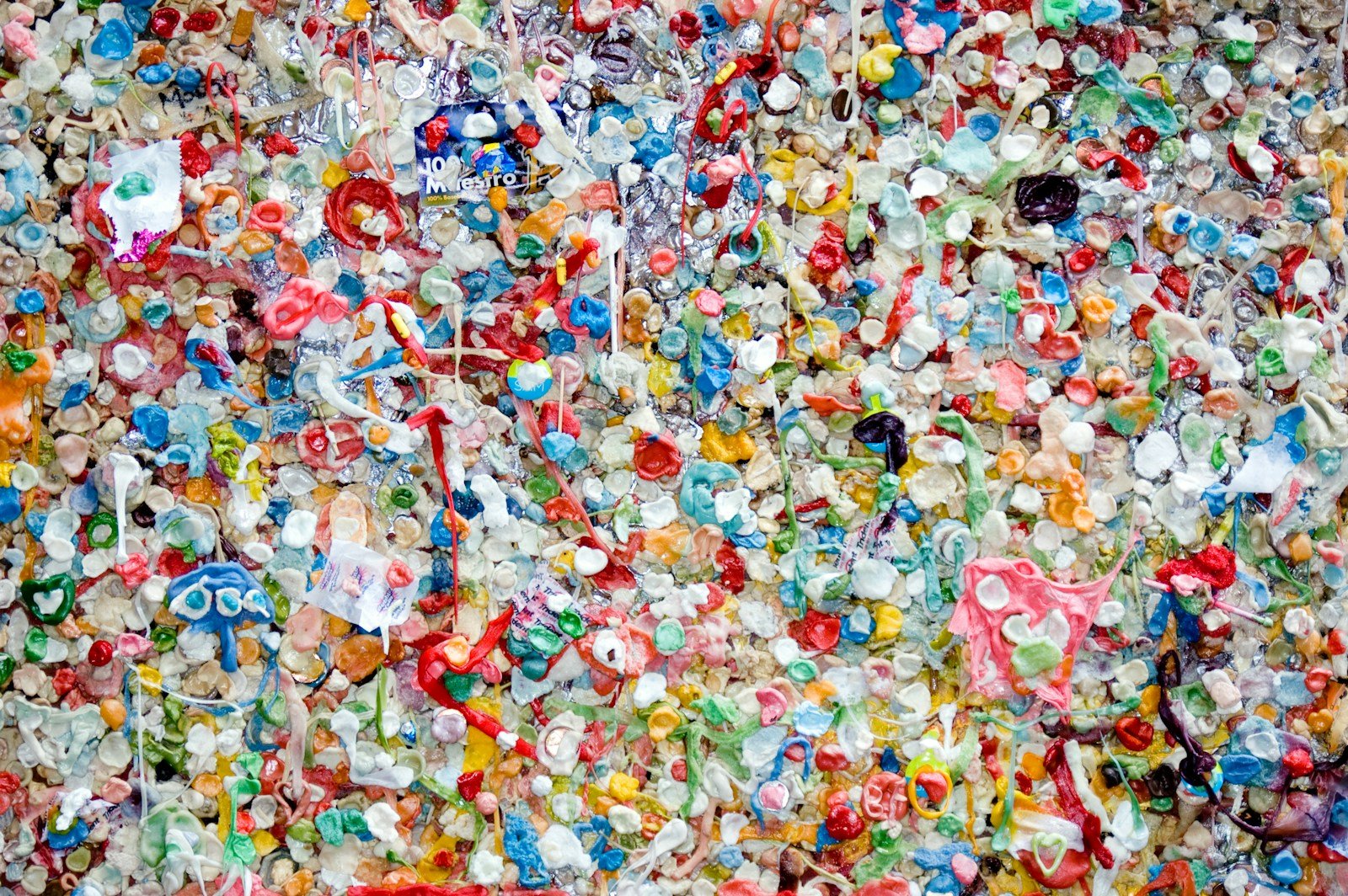Plastic has become an indispensable part of daily life. From food packaging to household items, plastic is everywhere. However, the convenience of plastic comes at a cost – the proliferation of microplastics, tiny particles that have found their way into our environment and, ultimately, our bodies. This blog post delves into the alarming impact of microplastics on human health, exploring the potential risks and highlighting the urgent need for action.
The issue of microplastic pollution has garnered significant attention in recent years, with studies revealing their presence in various ecosystems, from the depths of the oceans to the air we breathe. However, the full extent of their effect on the human body is still being investigated, and the findings are concerning. According to a recent study by the World Health Organization (WHO), an average person ingests approximately 5 grams of microplastics per week – the equivalent of a credit card’s weight. This staggering statistic underscores the pervasiveness of this hidden threat.
Table of Contents
In-depth Exploration
Microplastics Defined
Microplastics are tiny fragments of plastic, typically less than 5 millimeters in size, that can be found in various environments, including water, soil, and air. They can originate from larger plastic products that break down over time due to UV radiation, mechanical abrasion, or biological degradation. Additionally, some microplastics are intentionally manufactured for specific applications, such as microbeads in personal care products or nurdles, which are pre-production plastic pellets used in manufacturing processes.
Sources of Microplastics
Microplastics can come from a variety of sources, both primary and secondary. Primary sources include:
- Personal care products (e.g., facial scrubs, toothpaste)
- Industrial processes (e.g., plastic production, textile manufacturing)
- Synthetic clothing fibers
Secondary sources, on the other hand, involve the breakdown of larger plastic items, such as:
- Plastic bags, bottles, and other packaging materials
- Fishing nets and other maritime equipment
- Synthetic textiles and carpets
Microplastics in the Body
Microplastics can enter the human body through various pathways, including:
- Ingestion: Consuming contaminated food or drinking water, which can contain microplastics due to environmental pollution or packaging materials.
- Inhalation: Breathing in microplastic particles present in the air, particularly in urban areas or near plastic production facilities.
- Dermal absorption: Some microplastics can be absorbed through the skin, especially when using personal care products containing microbeads.
Once inside the body, microplastics can potentially accumulate in various organs and tissues, including the lungs, liver, and digestive system.
Health Impacts of Microplastics
While the full extent of microplastics’ impact on human health is still being researched, several potential risks have been identified:
- Toxic effects: Microplastics can leach out harmful chemicals, such as bisphenol A (BPA) and phthalates, which can disrupt endocrine function and potentially cause reproductive and developmental issues.
- Inflammation and immune system dysfunction: The presence of microplastics in the body can trigger an inflammatory response and potentially compromise the immune system’s ability to fight off infections.
- Gastrointestinal issues: Ingested microplastics can cause physical damage to the digestive tract, leading to inflammation, ulcers, and other gastrointestinal problems.
- Respiratory problems: Inhaling microplastics can irritate the respiratory system and potentially contribute to the development of conditions like asthma or lung cancer.
Research Findings
Numerous studies have been conducted to explore the impact of microplastics on human health, with concerning findings:
- A study published in the journal Environmental Science & Technology found that microplastics can accumulate in the human placenta, potentially affecting fetal development.
- Researchers at the Medical University of Vienna detected microplastics in human stool samples, suggesting that these particles can pass through the digestive system.
- A study by the University of Newcastle, Australia, found that microplastics can disrupt the function of immune cells, potentially increasing the risk of infections and autoimmune diseases.
These findings highlight the need for further research to fully understand the long-term consequences of microplastic exposure and to develop effective strategies for mitigating their impact.
Reducing Exposure to Microplastics
While the issue of microplastic pollution is complex and requires global efforts, there are steps individuals can take to reduce their exposure to microplastics:
- Avoid products containing microbeads: Check labels and opt for natural alternatives to personal care products containing microbeads.
- Reduce plastic consumption: Limit the use of single-use plastics, such as water bottles and plastic bags, and opt for reusable alternatives.
- Proper disposal of plastics: Ensure that plastic waste is properly disposed of to prevent it from entering the environment and breaking down into microplastics.
- Support policies and initiatives: Advocate for policies and initiatives aimed at reducing plastic pollution and promoting sustainable alternatives.
- Spread awareness: Educate others about the dangers of microplastics and encourage them to adopt eco-friendly practices.

Additional Resources and Further Reading
For those interested in delving deeper into the topic of microplastics and their impact, here are some recommended resources:
- National Geographic’s Plastic Pollution Resource Hub
- EPA’s Toxicological Threats of Plastic
- UN Environment Programme’s Tackling Plastic Pollution
Frequently Asked Questions
-
Can microplastics be eliminated from the body?
There is currently no known way to completely eliminate microplastics from the human body. However, reducing exposure and promoting proper waste management practices can help minimize their accumulation.
-
Are some types of microplastics more harmful than others?
Yes, the potential harm of microplastics can vary depending on their size, shape, and chemical composition. Smaller particles and those containing toxic additives or contaminants may pose greater risks to human health.
-
Are there any regulations or guidelines for microplastic exposure?
Currently, there are no established global regulations or guidelines specific to microplastic exposure. However, some countries and organizations have begun to address the issue through legislation and recommendations.
Practical Tips and Actionable Advice
While the issue of microplastic pollution requires a collective effort, there are practical steps individuals can take to reduce their exposure and contribute to a cleaner environment:
-
Reduce plastic consumption
One of the most effective ways to minimize microplastic exposure is to reduce your overall plastic consumption. Here are some tips:
- Bring reusable bags when shopping to avoid single-use plastic bags.
- Opt for products with minimal or no plastic packaging.
- Invest in reusable water bottles and coffee mugs instead of disposable plastic alternatives.
-
Proper disposal of plastics
Ensuring that plastic waste is properly disposed of can prevent it from breaking down into microplastics and entering the environment. Follow these steps:
- Separate plastic waste from other waste streams.
- Recycle plastic items whenever possible.
- Avoid littering or improper disposal of plastic waste.
-
Choose natural alternatives
When possible, opt for natural alternatives to products containing microbeads or microplastics. For instance:
- Use natural exfoliants like sugar, salt, or ground coffee for personal care products.
- Choose natural fibers like cotton, linen, or wool for clothing and household items.
- Use reusable or biodegradable items for activities like camping or picnicking.
By implementing these practical tips, individuals can take meaningful steps towards reducing their exposure to microplastics and contributing to a healthier environment for themselves and future generations.
Conclusion
The issue of microplastic pollution and its impact on human health is a pressing concern that demands immediate attention. While the full extent of the risks is still being explored, the evidence points to potential hazards that should not be ignored. From disrupting endocrine function to compromising immune system health, microplastics pose a hidden threat that can have far-reaching consequences.
It is crucial that we, as individuals and societies, take collective action to address this issue. By reducing plastic consumption, promoting proper waste management, and supporting policies and initiatives aimed at mitigating microplastic pollution, we can work towards a cleaner and healthier future for ourselves and the planet.
Remember, every small step counts. By making conscious choices and embracing eco-friendly practices, we can reduce our exposure to microplastics and contribute to a more sustainable world. The time to act is now, before the unseen threat of microplastics becomes an insurmountable challenge.







